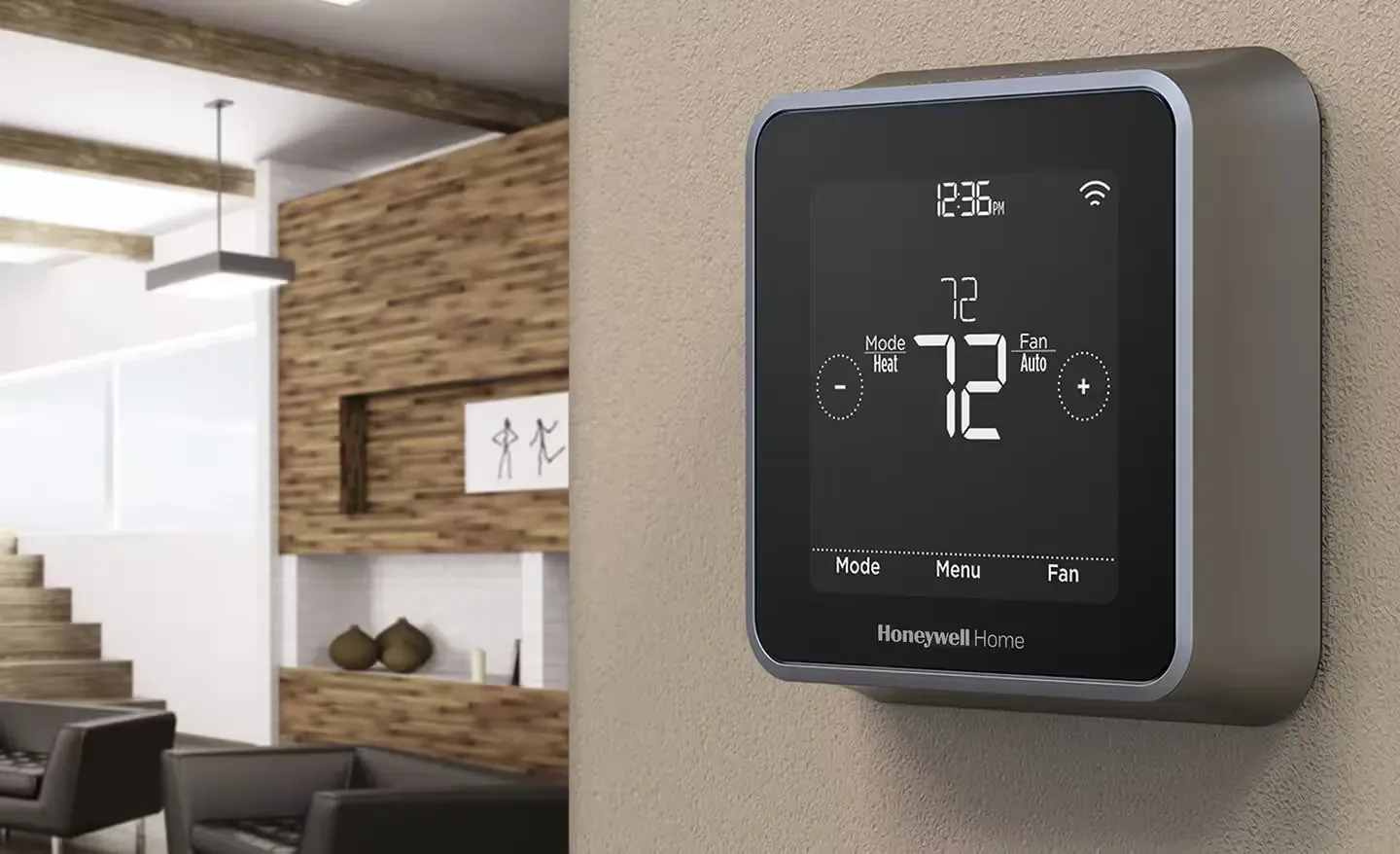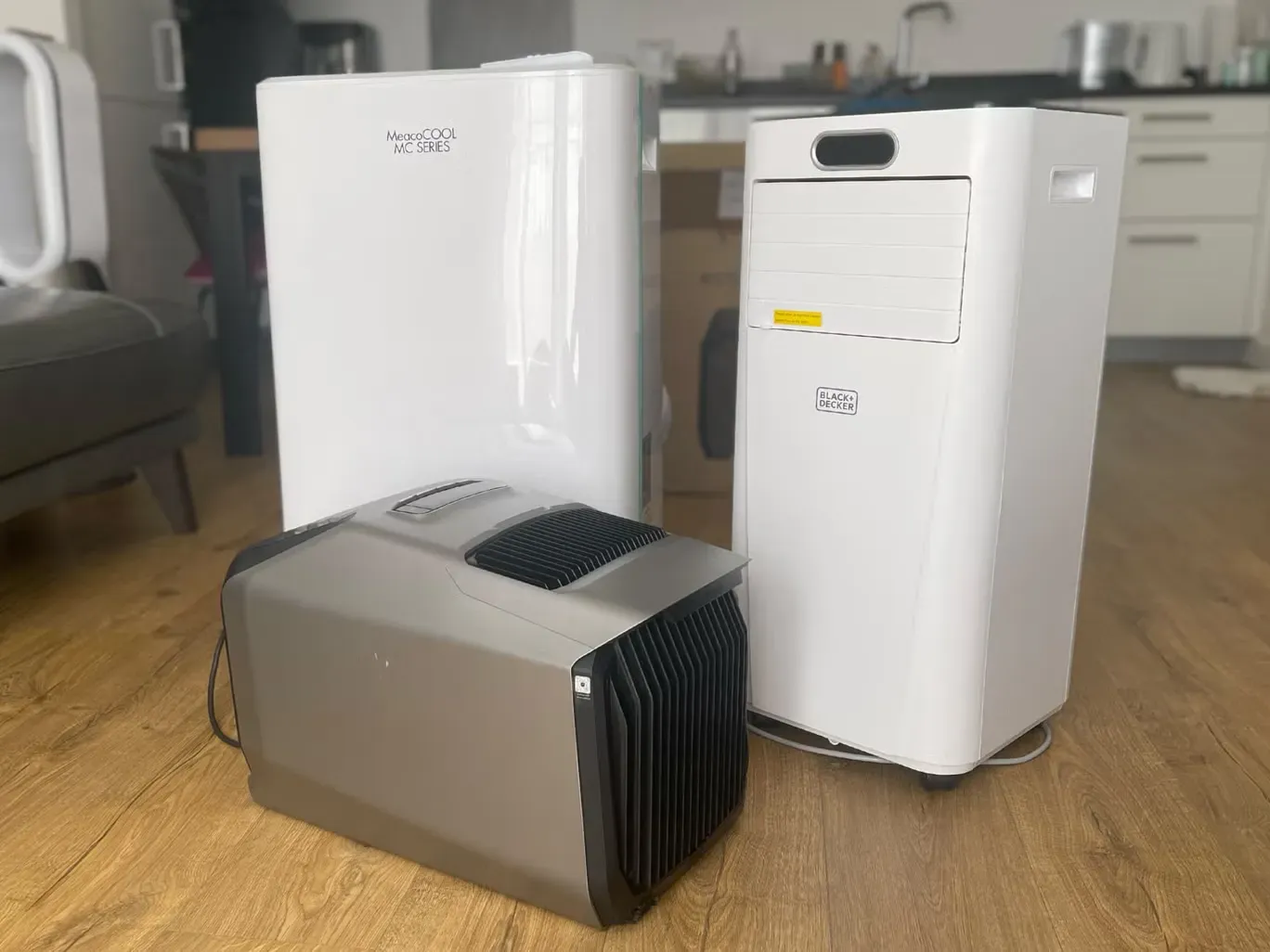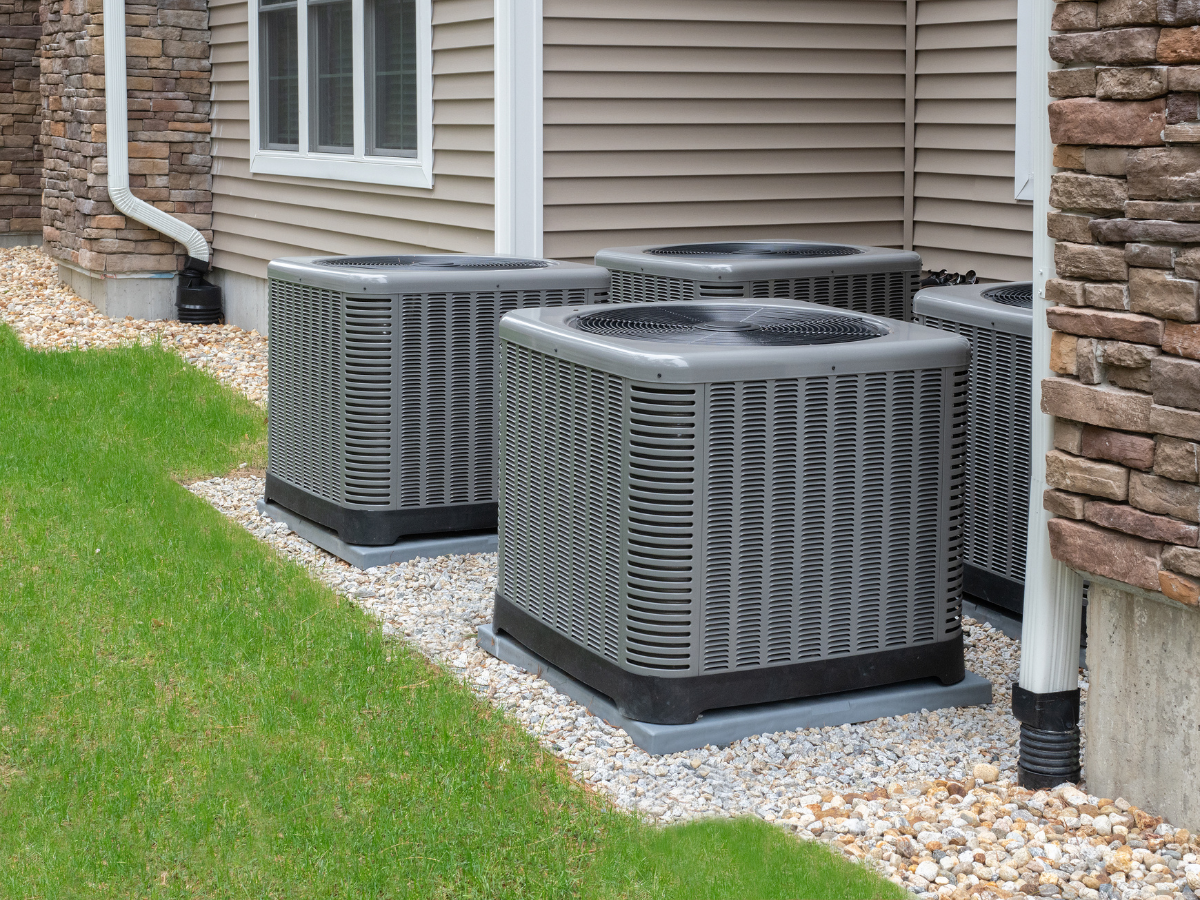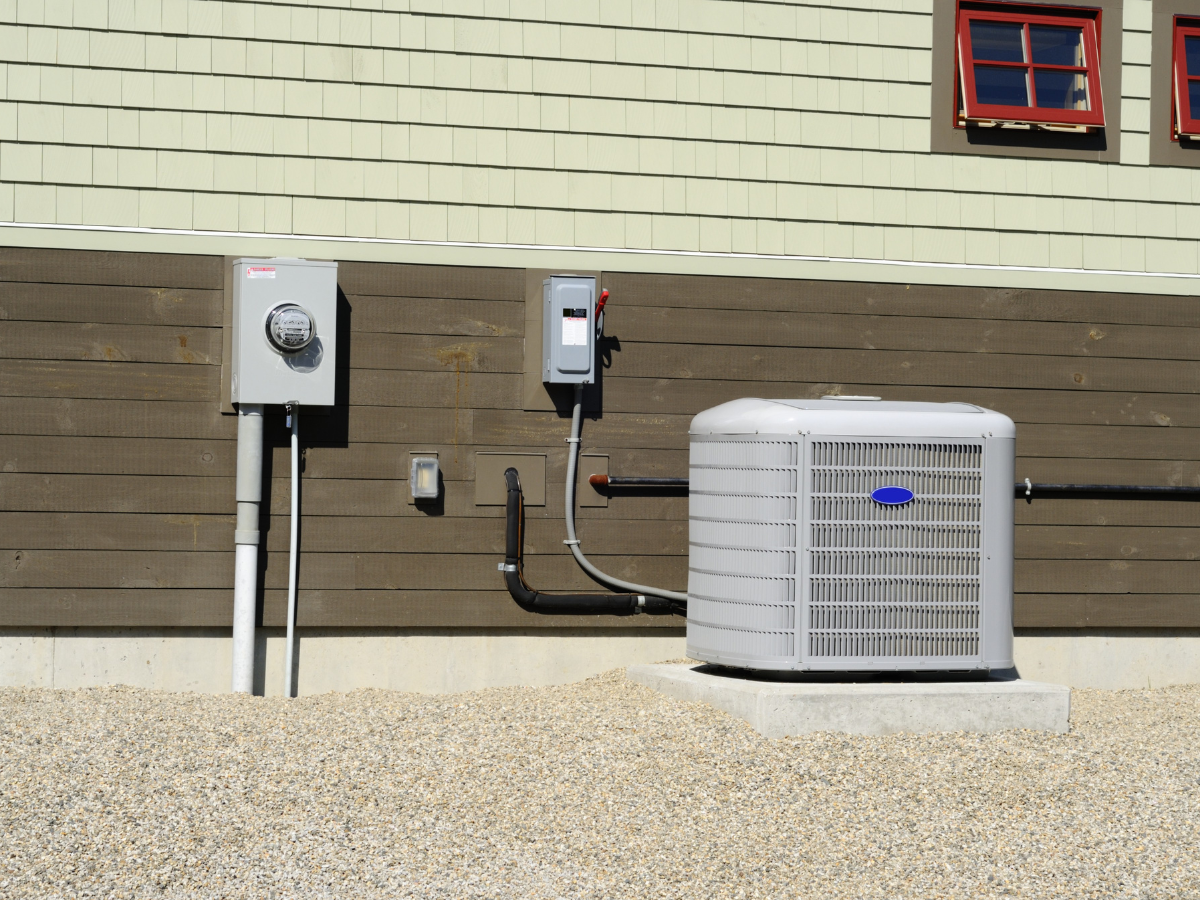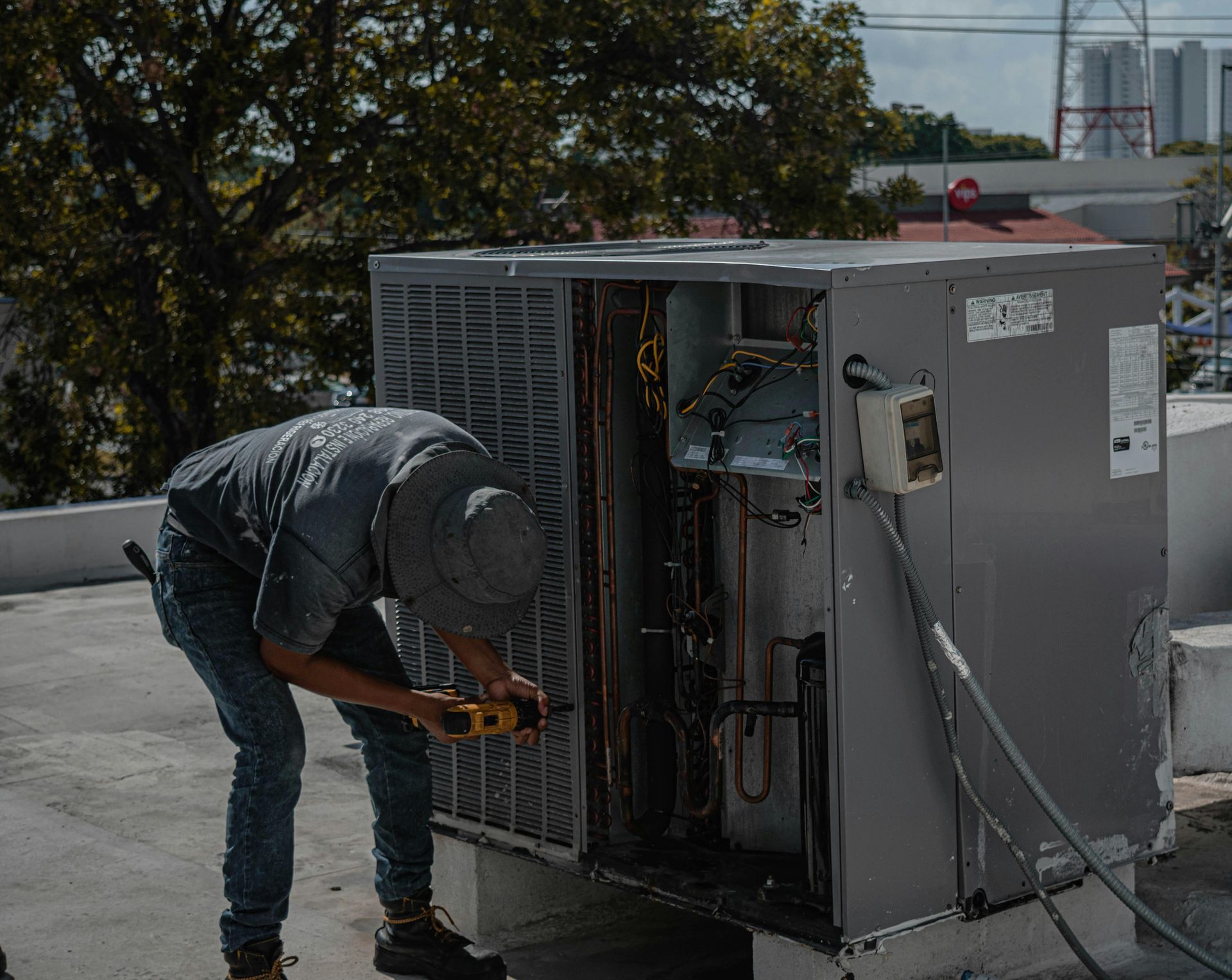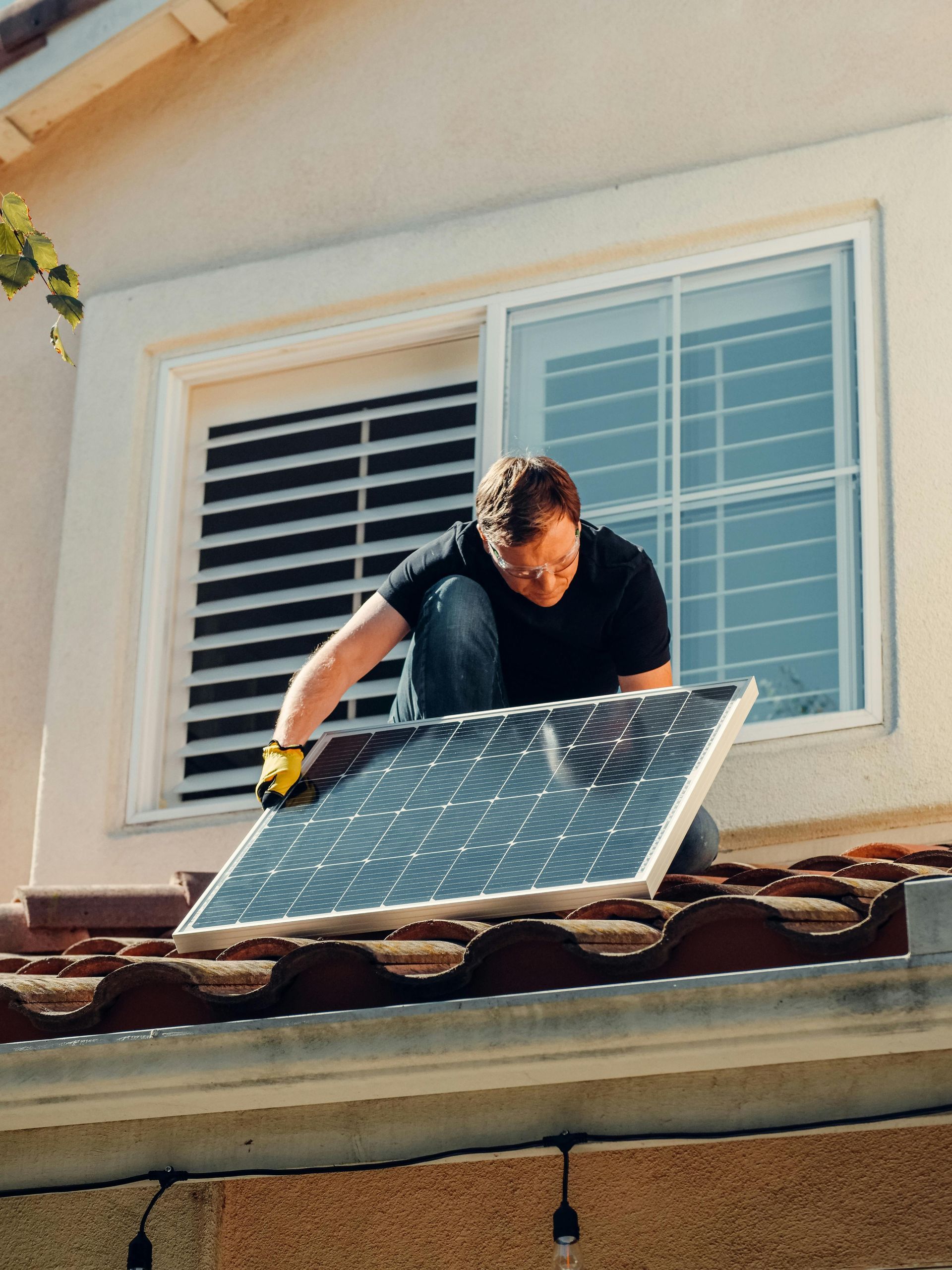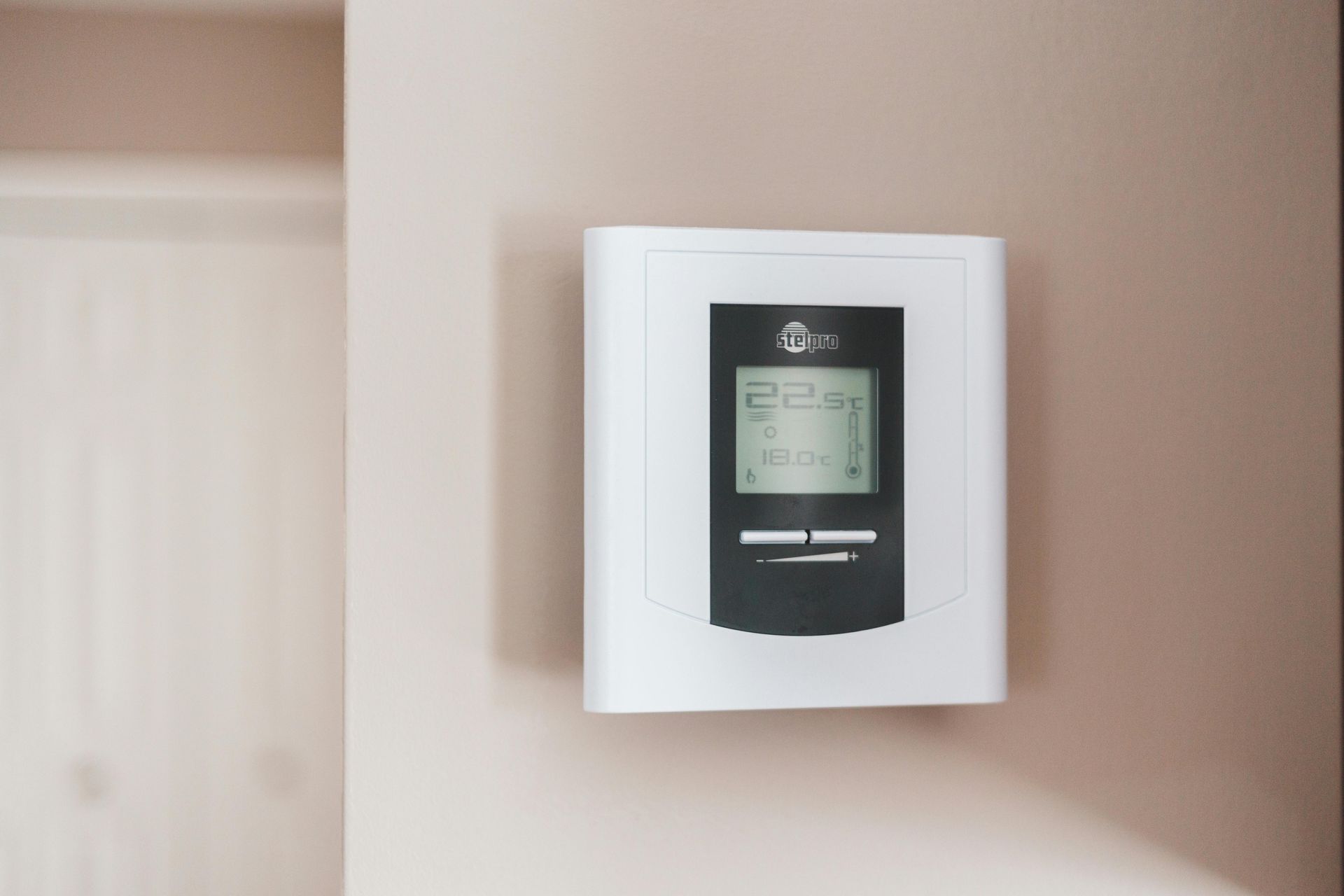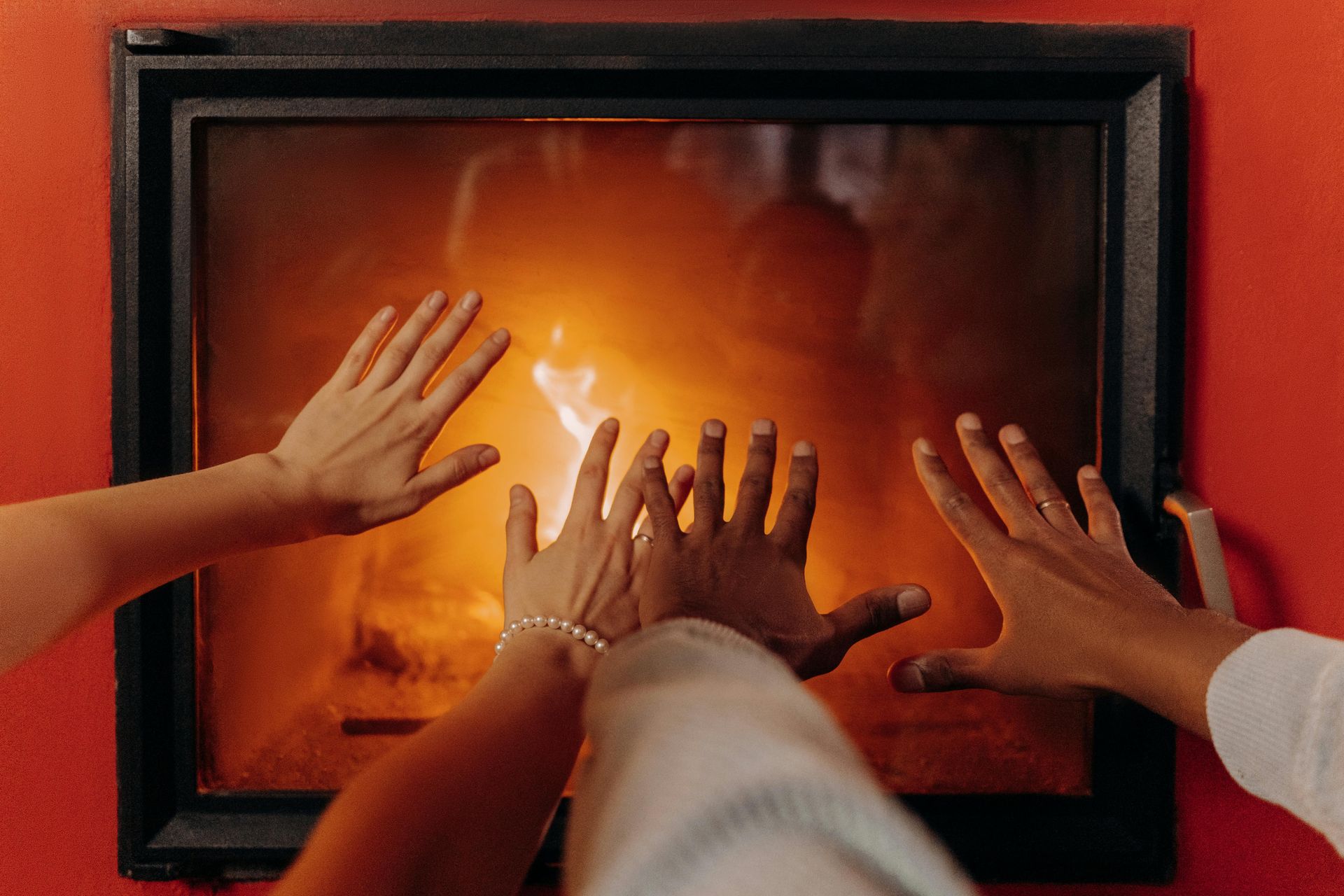The Best Thermostat Settings for Spring Weather
As the chill of winter gives way to the vibrant renewal of spring, it's time to re-evaluate your home's
thermostat settings. Spring weather can be unpredictable, with temperatures fluctuating between cold mornings and warm afternoons. Optimizing your thermostat settings for spring can enhance comfort, conserve energy, and reduce utility costs. In this guide, we'll explore the best thermostat settings for spring weather, providing practical tips to help you maintain an ideal home temperature.
Photo By: Home Depot
Understanding Your Thermostat
Before diving into the best settings for spring, it's important to understand how your thermostat works and the options available to you. Most modern thermostats fall into three categories: manual, programmable, and smart thermostats.
- Manual Thermostats: These require you to adjust the temperature manually, making them less convenient but straightforward.
- Programmable Thermostats: These allow you to set a schedule, adjusting the temperature automatically based on your preferences throughout the day.
- Smart Thermostats: These advanced devices can learn your schedule and preferences over time, offering remote control via smartphone apps and integrating with smart home systems.
Spring Thermostat Settings: Finding the Balance
Daytime Settings
During spring, daytime temperatures can be mild, but with the sun shining brightly, your home might feel warmer than it actually is. The general recommendation for an optimal daytime temperature is around 68°F to 72°F. This range keeps your home comfortable while preventing excessive energy use.
Nighttime Settings
For nighttime settings in spring, you can afford to lower the thermostat a bit. A temperature of 60°F to 67°F is ideal for sleeping, as cooler temperatures can lead to better sleep quality. Adjust the thermostat accordingly before bedtime to ensure a restful night.
Adjusting for Absence
When you're not home, it's a good opportunity to save energy. Set the thermostat to around 55°F to 60°F during your absence. This prevents the heating or cooling system from running unnecessarily, which can significantly reduce energy consumption.
Transitioning Between Heating and Cooling
Spring is a transitional season, so it's crucial to know when to switch from heating to cooling. Generally, when outdoor temperatures consistently stay above 65°F, it's time to switch to cooling mode. Ensure your air conditioning unit is ready by performing routine maintenance checks.
Photo By: The Independent
How to Turn on Your Air Conditioning Unit
Turning on your air conditioning unit after a long winter can seem daunting, but it’s a straightforward process if you follow these steps:
- Inspect the Unit: Before turning it on, inspect the outdoor unit for any debris or blockages. Clear leaves, dirt, or any obstructions that might have accumulated over winter.
- Check the Filters: Replace or clean the air filters. Clean filters ensure efficient airflow and improve air quality within your home.
- Inspect the Ductwork: Check for any visible signs of damage or leaks in your ductwork. Leaks can cause your system to work harder, increasing energy consumption.
- Set the Thermostat: Switch your thermostat from heating to cooling mode and set it to your desired temperature.
- Turn on the Unit: Finally, power on your air conditioning unit and let it run for a while to ensure everything operates smoothly.
Maximizing Comfort and Efficiency
Using Ceiling Fans
Ceiling fans are a great way to enhance air circulation and maintain a comfortable temperature. During spring, set your ceiling fan to rotate counterclockwise to push cool air down, creating a cooling breeze effect.
Natural Ventilation
Take advantage of the mild spring weather by utilizing natural ventilation. Open windows during cooler parts of the day to let fresh air circulate, reducing the need for air conditioning.
Insulation and Weather Stripping
Proper insulation and weather stripping are essential for maintaining an ideal home temperature. Check windows and doors for drafts and seal any gaps to prevent energy loss.
The Benefits of Optimal Thermostat Settings
Setting your thermostat appropriately for spring weather comes with several benefits:
- Energy Savings: Optimizing your thermostat settings can lead to significant energy savings, reducing your utility bills.
- Improved Comfort: By maintaining an ideal home temperature, you can enjoy a comfortable living environment all season long.
- Extended HVAC Lifespan: Reducing unnecessary strain on your heating and cooling systems can prolong their lifespan, saving you from costly repairs or replacements.
- Environmental Impact: Lower energy consumption reduces your carbon footprint, contributing to a more sustainable environment.
Conclusion
At CJ's Heating & Cooling, we understand that spring is a season of transition, and adjusting your thermostat settings is crucial for optimizing your home's comfort and energy efficiency. By tuning your thermostat to suit the fluctuating spring temperatures, you can enjoy a comfortable living space while reducing energy costs. Remember, regular maintenance of your HVAC system is key to ensuring it operates efficiently throughout the season.
If you need assistance with your thermostat settings or HVAC maintenance, don't hesitate to reach out to our team of experts at CJ's Heating & Cooling. We're here to help you achieve the ideal home temperature and ensure your systems run smoothly.
Contact us today for a consultation, and let us guide you towards a more comfortable and energy-efficient spring! Embrace the season with our smart thermostat practices and enjoy the perfect indoor climate, because when it comes to your comfort, CJ's Heating & Cooling has you covered.

